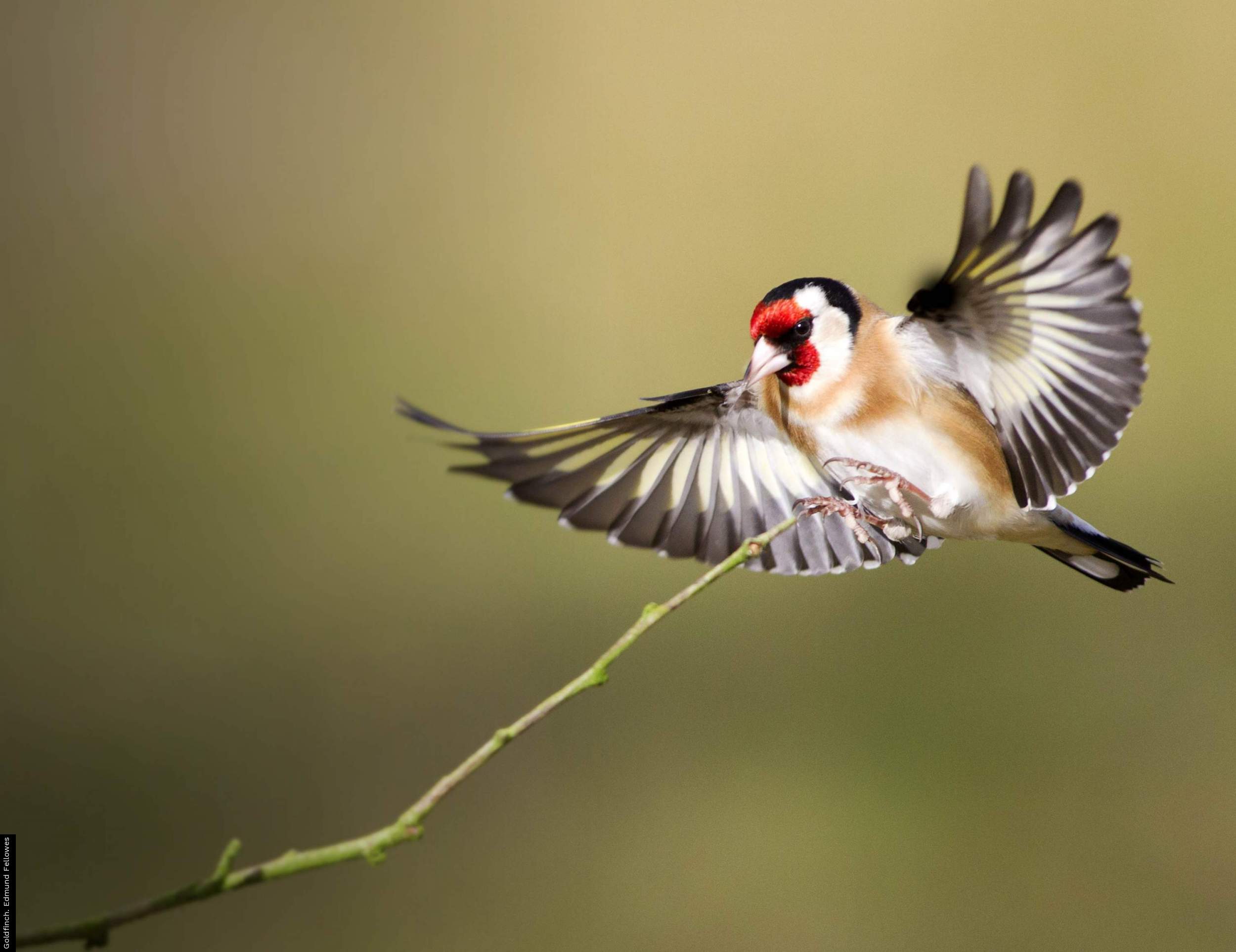Breeding waders on BBS squares
Breeding wader populations in the UK have declined dramatically in recent decades, and poor breeding success has driven these declines. Breeding waders face many pressures caused by changes to land management over the last century, which can impact the number of young that reach fledging age. Due to the long-lived nature of waders, assessing breeding success can shed more light on the health of their populations than adult abundance alone. This could greatly improve our understanding of wader declines, and critically inform measures for their conservation.
Breeding Wader Visits
If you are a BBS volunteer, you can take part in our Breeding Wader Visits by completing additional BW Visits on sites where they already record breeding Curlew, Golden Plover, Lapwing and Oystercatcher on their core BBS visits. Depending on species and location, these additional visits will be undertaken from late May to the end of June.
Breeding Wader Visits collect valuable information on the waders' breeding success, which we will use to inform conservation and management plans.

Getting started
If you would like to get involved, you can sign up for Breeding Wader Visits using the short online sign-up form.
You can request a paper pack using the sign-up form or download and print the Instructions and Recording forms from the BBS Downloads page.
If you have any questions, or would like an informal chat about participating in the survey, please email waders [at] bto.org.
Collecting data
The additional Breeding Wader (BW) Visits follow the same basic methodology as core BBS visits, with some important differences:
- Only wader species are recorded on BW Visits
- Extra information is recorded about wader behaviour and the presence of young
These differences are fully explained in the instructions, which also include guidance on wader behaviours and when to visit. You can record the information you collect on the BW Visits Recording Sheet.
You can find more detailed information about wader breeding behaviour in our Wader Survey Behaviour Guide.
Returning data
BBS Breeding Wader Data Entry Form
go to data entryTo send your wader data to us, please use the BBS Breeding Wader Data Entry Form.
If you prefer not to use the online data entry form, please email your field records directly to waders [at] bto.org or post them to BTO Scotland.
If you have any queries about collecting and returning data, please get in touch at waders [at] bto.org.
How will these data be used?
Data from these BW visits will help to develop methods to assess wader breeding success without the need for intensive monitoring. Recent wader population declines in the UK are largely being driven by low breeding productivity. However, because waders are relatively long-lived birds, low breeding success can take a long time to translate into decreases in numbers of breeding pairs. This means that abundance information collected using standard wader survey methods, or derived from BBS data, is not well suited to delivering information on productivity.
The BW survey method we are asking you to help trial is intended to fill this information gap, revealing how productivity varies in space and time, and between different habitats and types of management. Methods like this should put us in a much better position to assess whether local wader populations are sustainable, and what we can do to help them.










Share this page